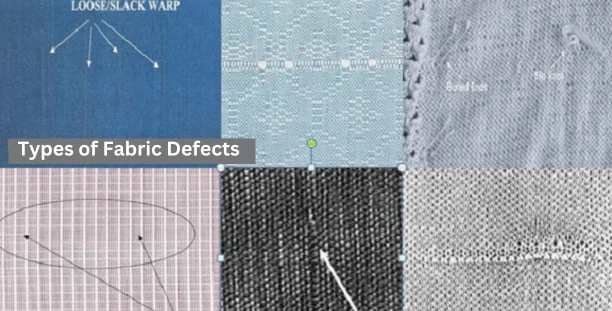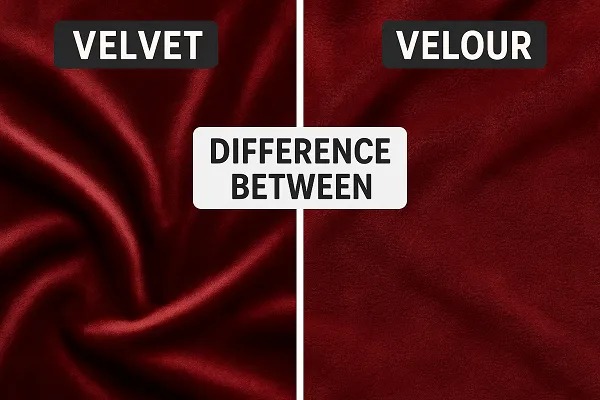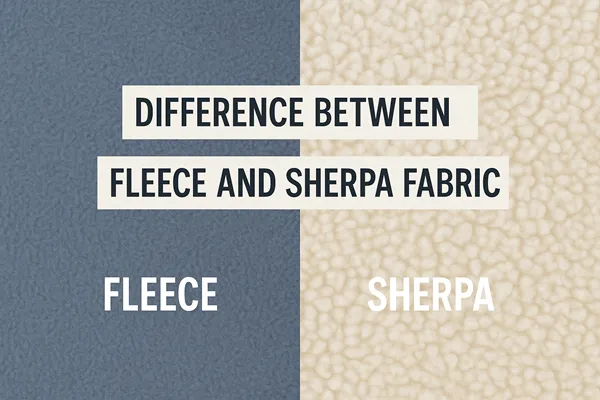How Fabric Weight (Ounces to GSM) Affects Garment Quality and Performance
Fabric weight plays a major role in garment manufacturing. It affects durability, comfort, drape, fit, and overall performance. Whether measured in ounces or grams per square meter (GSM), fabric weight guides textile engineers in selecting the right materials for specific uses. As a textile engineer with hands-on experience in fabric development, I can say fabric weight is a key factor in garment success. In this article, I will explain how fabric weight affects garment quality and performance using clear, simple language.
What Is Fabric Weight? GSM vs. Ounces
GSM and Ounces Defined
Fabric weight tells us how heavy a fabric is over a set area. In metric systems, we use GSM (grams per square meter). In imperial systems, we use ounces per square yard.
- GSM: Measures fabric weight in grams per one square meter.
- Ounces: Measures fabric weight in ounces per one square yard.
Both units describe the same thing: how much material is packed into a set space.
How to Convert Ounces to GSM
To convert fabric weight:
- Multiply ounces by 33.906 to get GSM.
- Divide GSM by 33.906 to get ounces.
For example, a 5-ounce fabric is about 170 GSM. A 200 GSM fabric is about 5.9 ounces.
These numbers are important for quality checks and product design.
Why Fabric Weight Matters
Fabric weight affects thickness, feel, strength, and suitability for different garments. A lightweight cotton fabric suits summer shirts, while a heavyweight cotton canvas suits jackets or workwear.
How Fabric Weight Affects Garment Quality
Durability and Longevity
Heavy fabrics, such as 300 GSM denim or canvas, last longer. They resist tearing, stretching, and general wear. Lightweight fabrics, like 120 GSM cotton voile, are delicate and best for short-term or occasional use.
In factories, we select fabric weights based on the product’s expected lifespan.
Drape and Fit
Lightweight fabrics drape softly, perfect for blouses, dresses, and scarves. Heavier fabrics hold their shape better, giving structure to coats, jackets, and trousers.
Choosing the correct fabric weight is essential to get the right garment shape.
Comfort and Breathability
Lower GSM fabrics allow more airflow, making them cooler and more comfortable for summer garments. High GSM fabrics, being thicker, trap warmth and are ideal for winter clothing.
For example:
- 130 GSM cotton is perfect for hot weather shirts.
- 280 GSM fleece is used for warm hoodies.
Printability and Embellishments
Thicker fabrics absorb ink better and support heavy embroidery or printing without sagging. Lightweight fabrics, if printed heavily, may distort.
Printers always check GSM before approving fabric for screen printing or embroidery.
How Fabric Weight Affects Garment Performance
Thermal Properties
Higher GSM fabrics provide insulation, keeping body heat trapped. Lower GSM fabrics are cooler and allow body heat to escape.
In textile engineering, fabric weight is critical when designing seasonal collections.
Air Permeability
Light fabrics allow air to move through easily, keeping the body cool. Heavy fabrics restrict air movement, offering protection against cold winds.
Sportswear and casual summerwear mostly use low GSM materials for better airflow.
Moisture Management
Moisture-wicking depends on fabric structure and weight. Lightweight technical fabrics help pull sweat away from the skin. Heavyweight fabrics often trap moisture unless specially finished.
Activewear often uses 150-180 GSM polyester or blends for quick moisture release.
Choosing the Right Fabric Weight for Garments
T-Shirts
- 120–140 GSM: Lightweight t-shirts, ideal for hot climates.
- 150–180 GSM: Midweight t-shirts, suitable for daily use.
- 200+ GSM: Heavyweight t-shirts, offering more structure and durability.
Most premium cotton t-shirts use about 180 GSM fabric for a good balance between comfort and strength.
Activewear
Activewear needs light, breathable, and moisture-wicking fabrics. Materials between 140–180 GSM work best for sports tops, leggings, and performance shorts.
Choosing the right weight improves comfort during exercise.
Outerwear
Outerwear demands heavy and insulating fabrics. Jackets and coats often use materials from 250–400 GSM, depending on design.
Heavy GSM fabrics resist wind and cold, offering better protection.
Tools for Measuring Fabric Weight

GSM Cutters and Fabric Scales
Textile engineers use GSM cutters to cut an exact area of fabric. We weigh this sample on a precision scale to calculate GSM.
This process ensures consistent quality across large fabric lots.
Online Fabric Weight Converters.
Online tools like ounce to GSM calculator help in quick conversions for designers and buyers who deal internationally.
Using these calculators saves time and reduces errors in fabric sourcing.
Importance of Accurate Fabric Weight
Accurate fabric weight prevents mismatches between design intent and final garment feel. It also ensures proper compliance with specifications in bulk production.
In manufacturing, even a 10 GSM variation can impact fabric cost and garment performance.
Conclusion
Fabric weight directly affects garment quality, comfort, durability, and overall performance. Whether measured in ounces or GSM, selecting the right weight ensures garments meet their purpose. A lightweight shirt feels airy and soft, while a heavyweight jacket offers warmth and strength. As a textile engineer, I always recommend checking fabric weight early in product planning. It is a simple step that guarantees better results in garment production.



